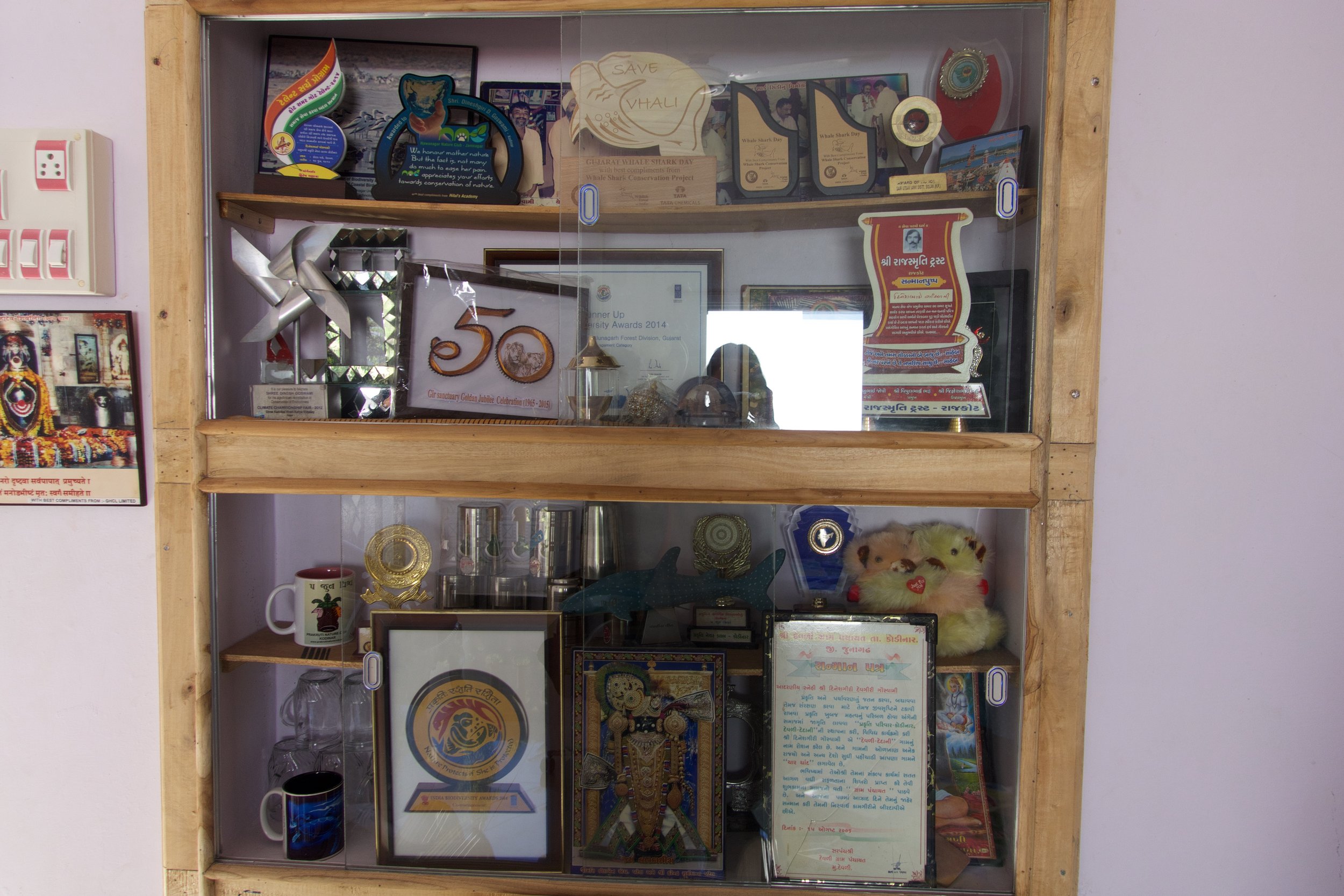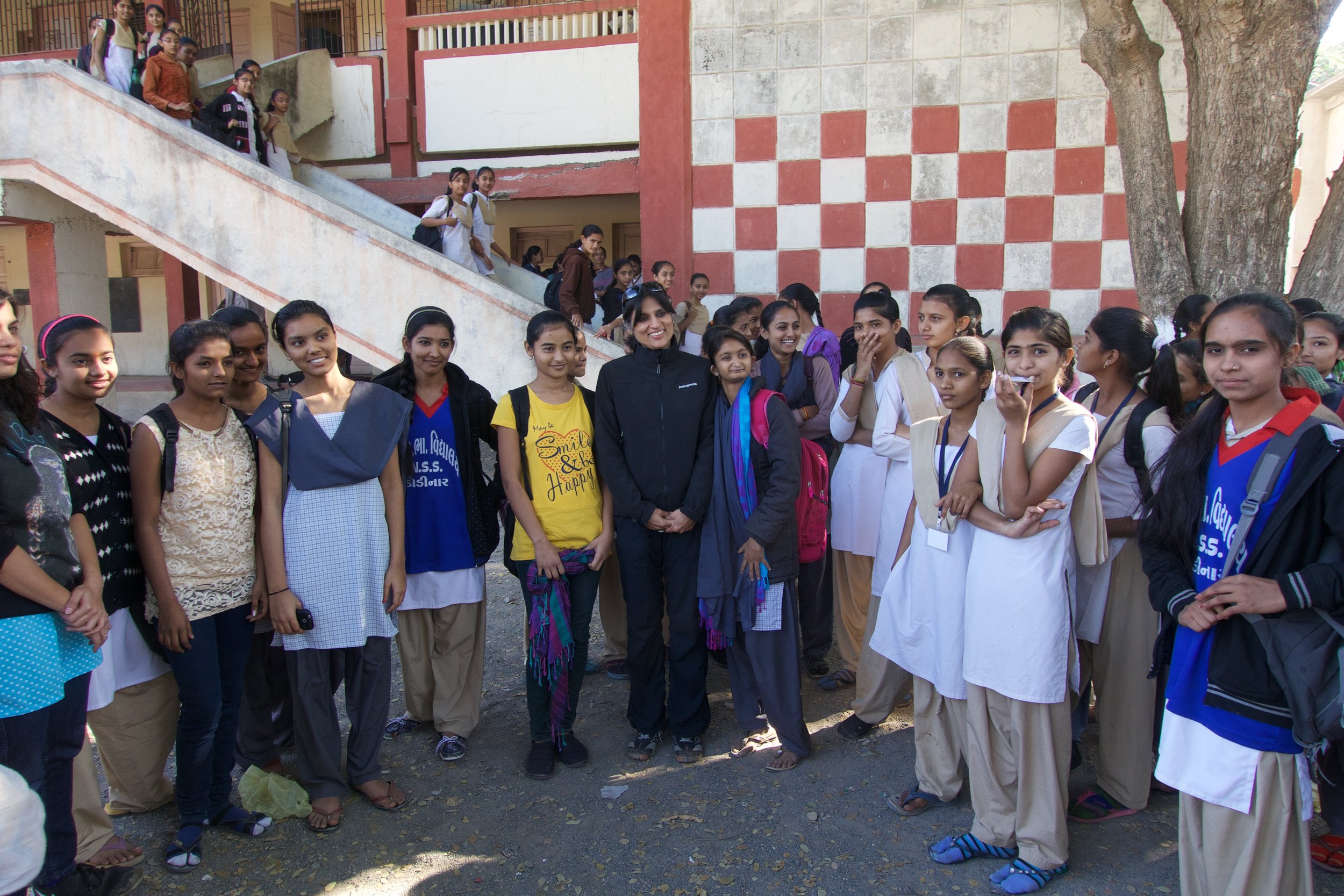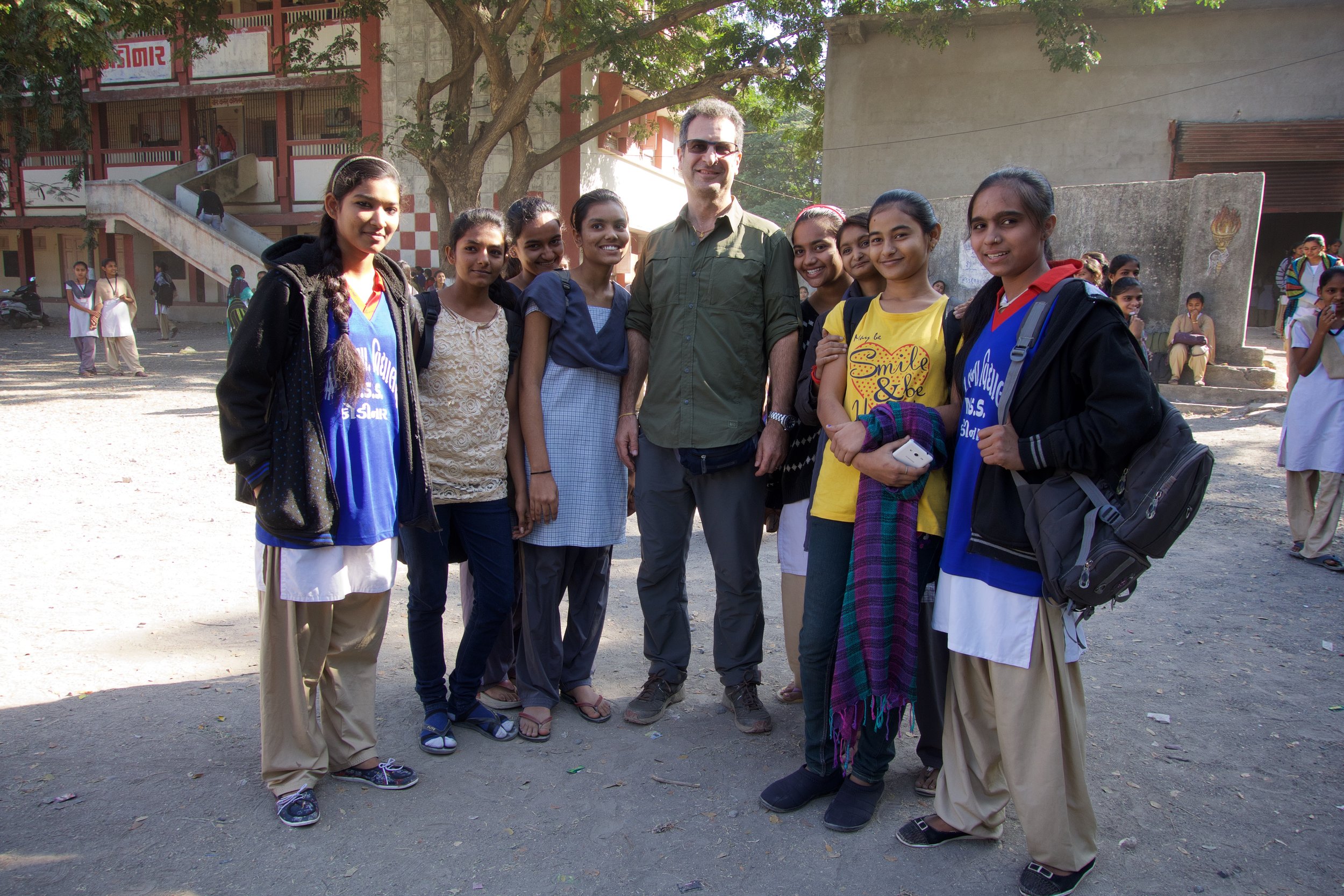All we knew was that we were going to be met at Diu airport by Dinesh Goswami and Jignesh Gohil, two wildlife enthusiasts who run the NGO called Prakruti Nature Club (PNC) that is dedicated to the protection and conservation of whale sharks, turtles, and birds.
What then followed over the next 4 days was a multifaceted, all-immersive experience - from turtles and beaches to the old Portuguese fortress in Diu, the ancient Somnath temple, the National Park in Gir, where lions and leopards roam, a rehabilitation center for injured cows, and a little known bird sanctuary at Nana Wada. And along the way we met some amazing people, and got to eat some of the most flavorful food ever known to my tastebuds!
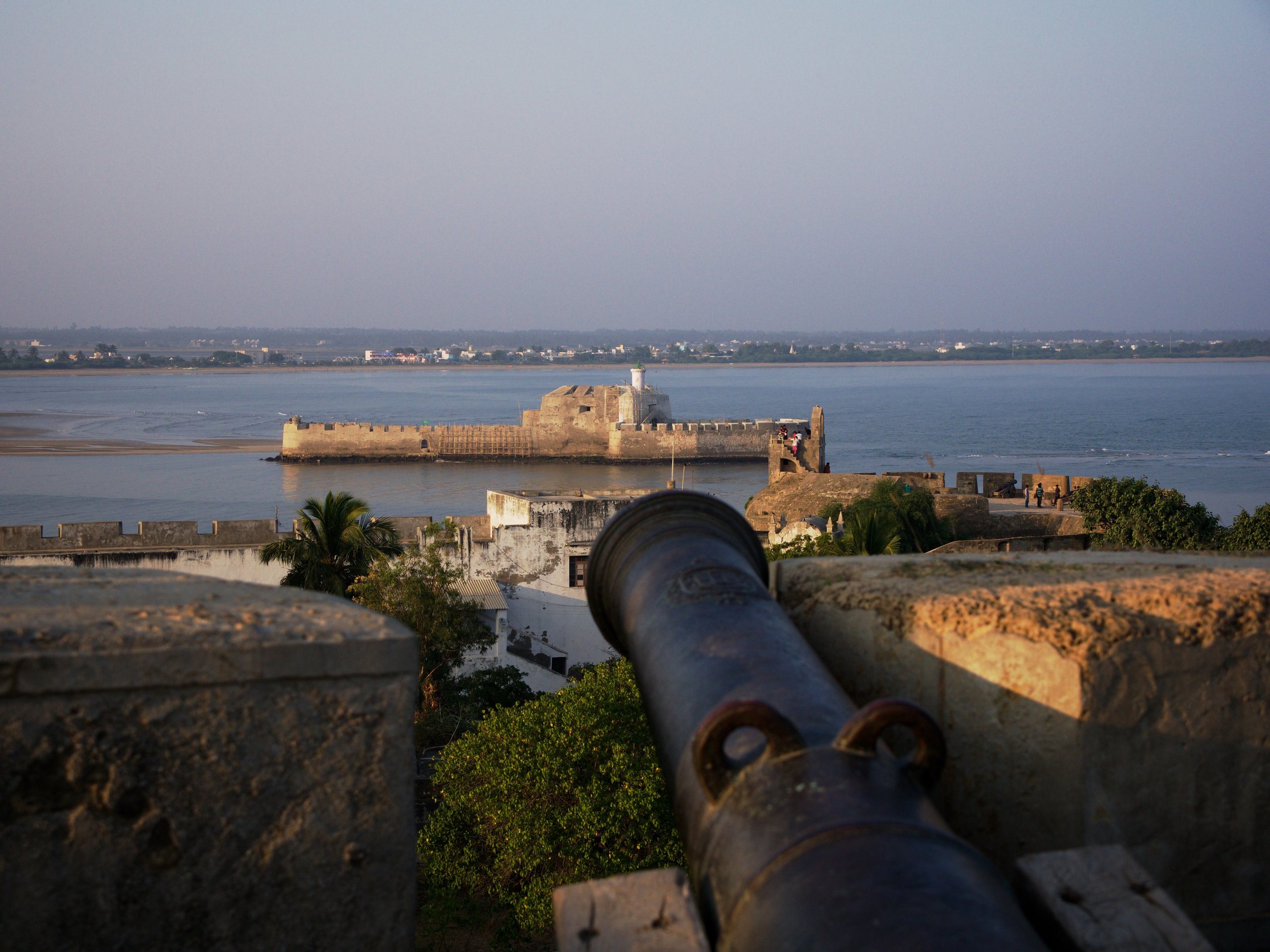
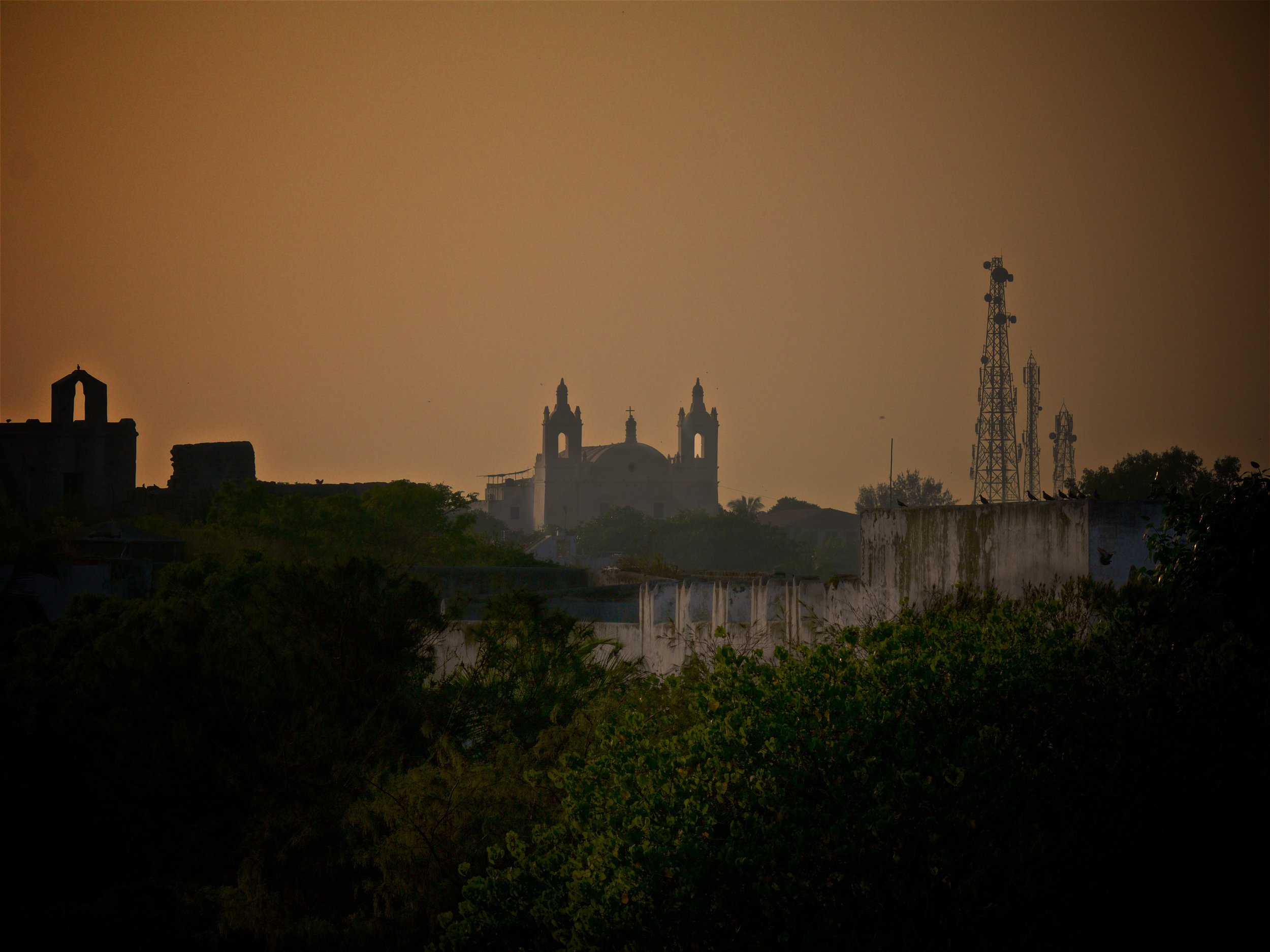

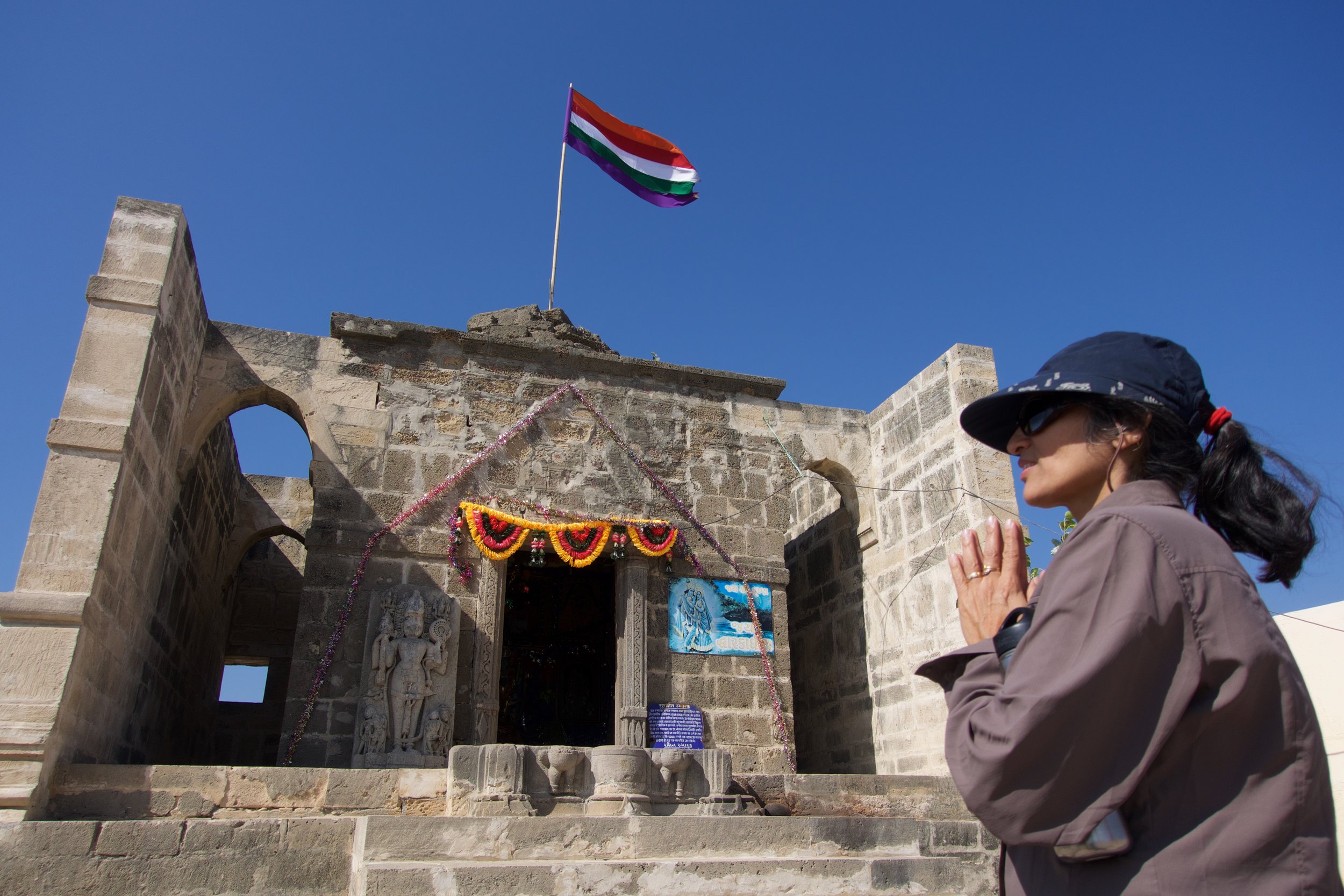
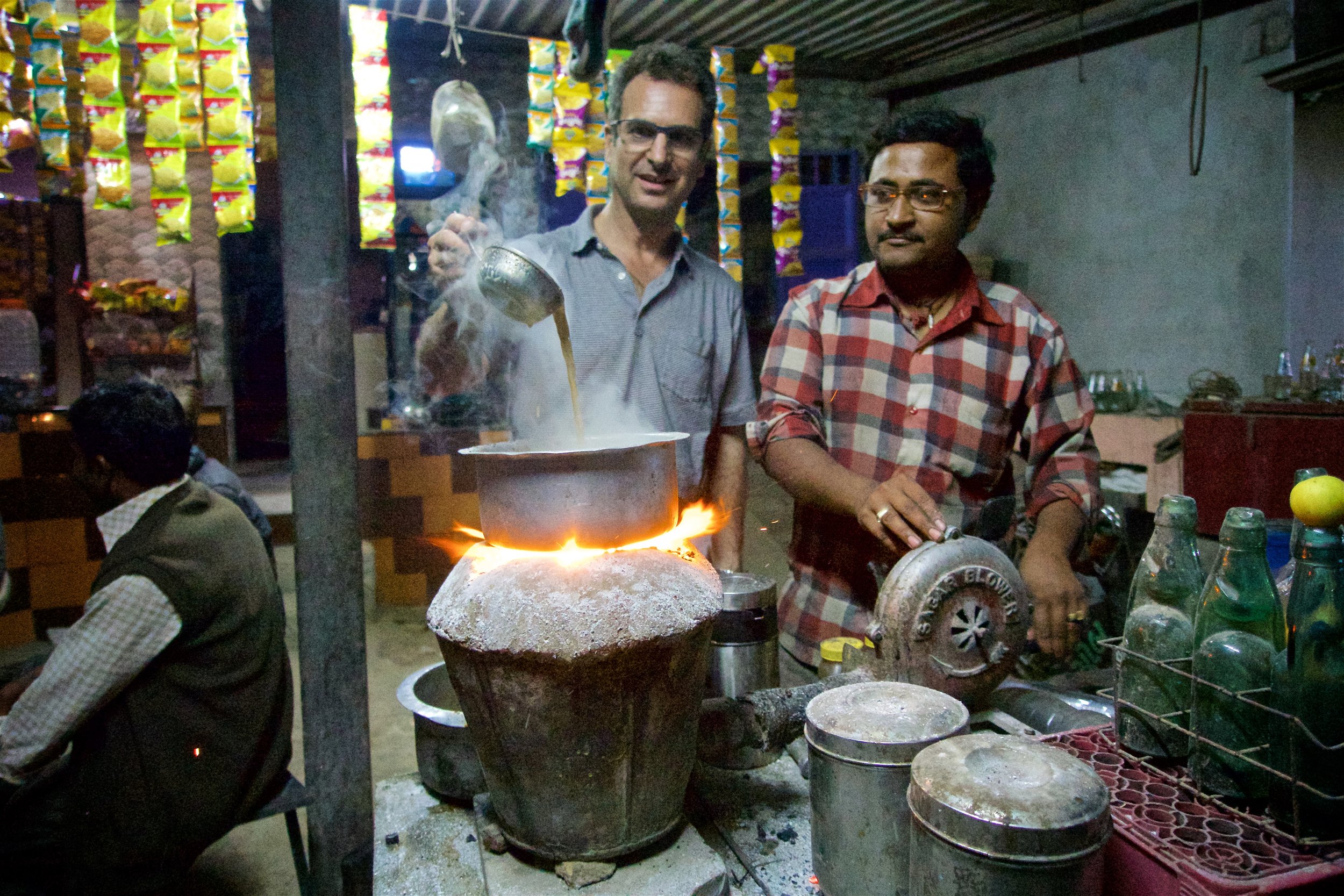
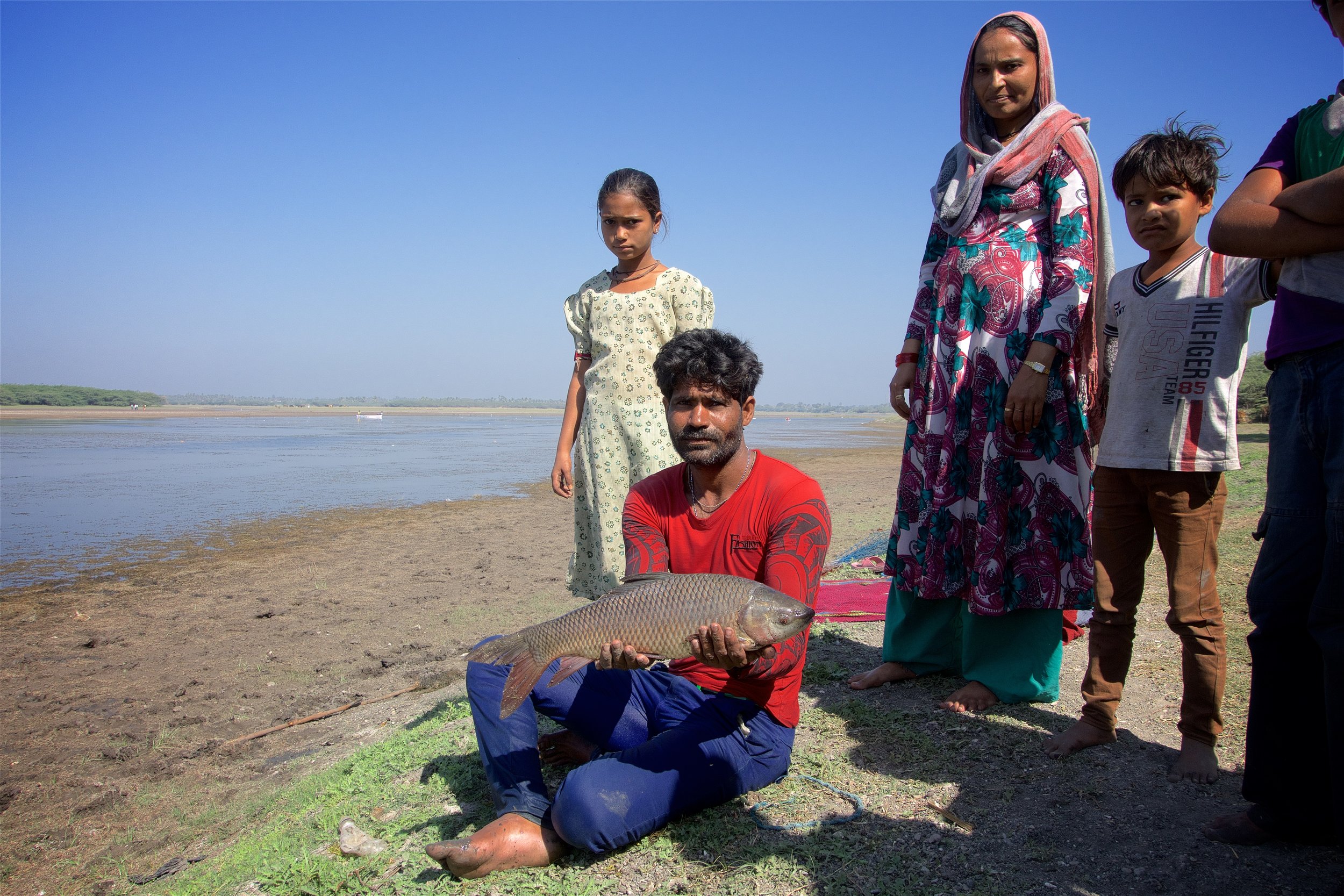
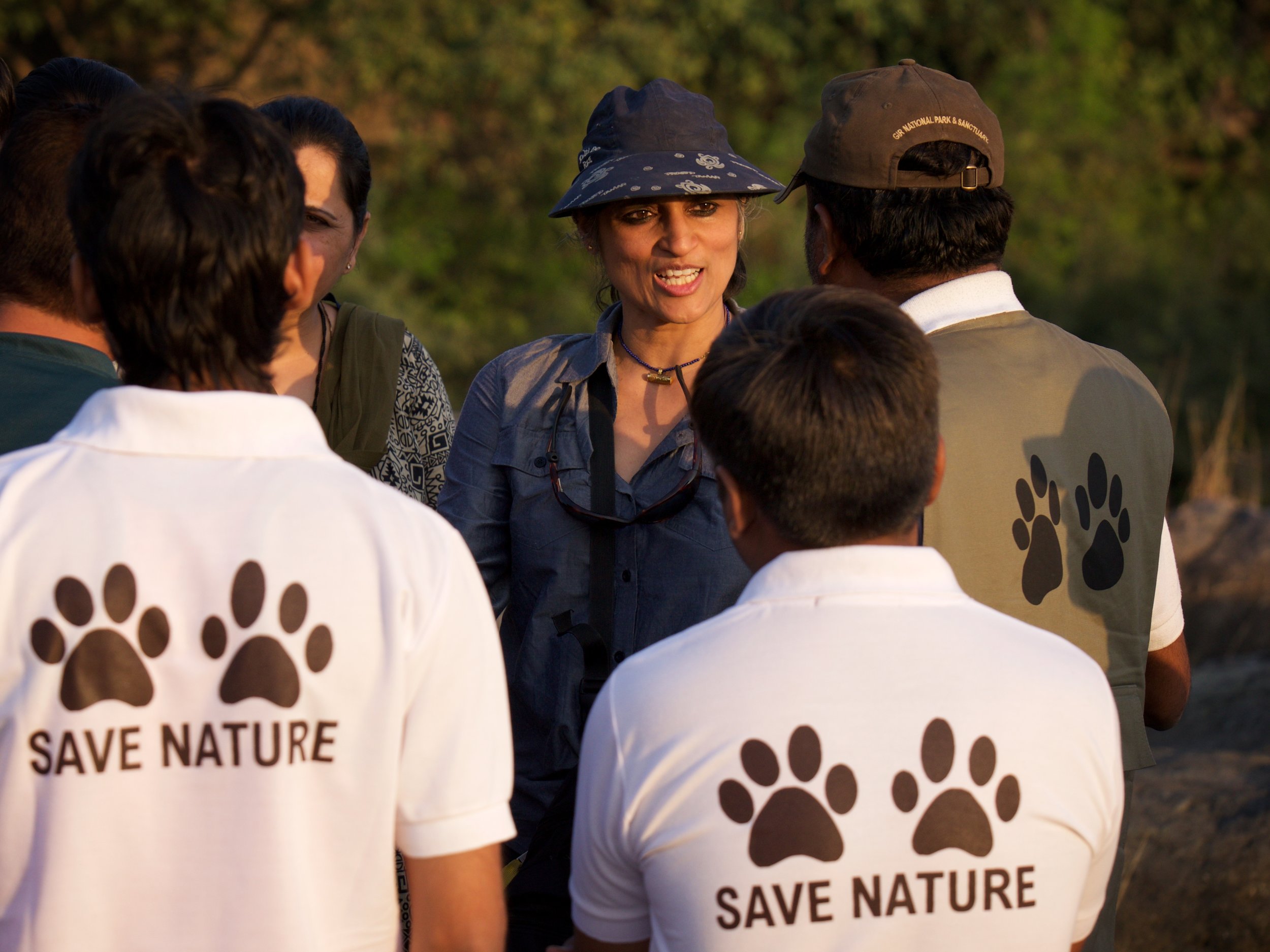
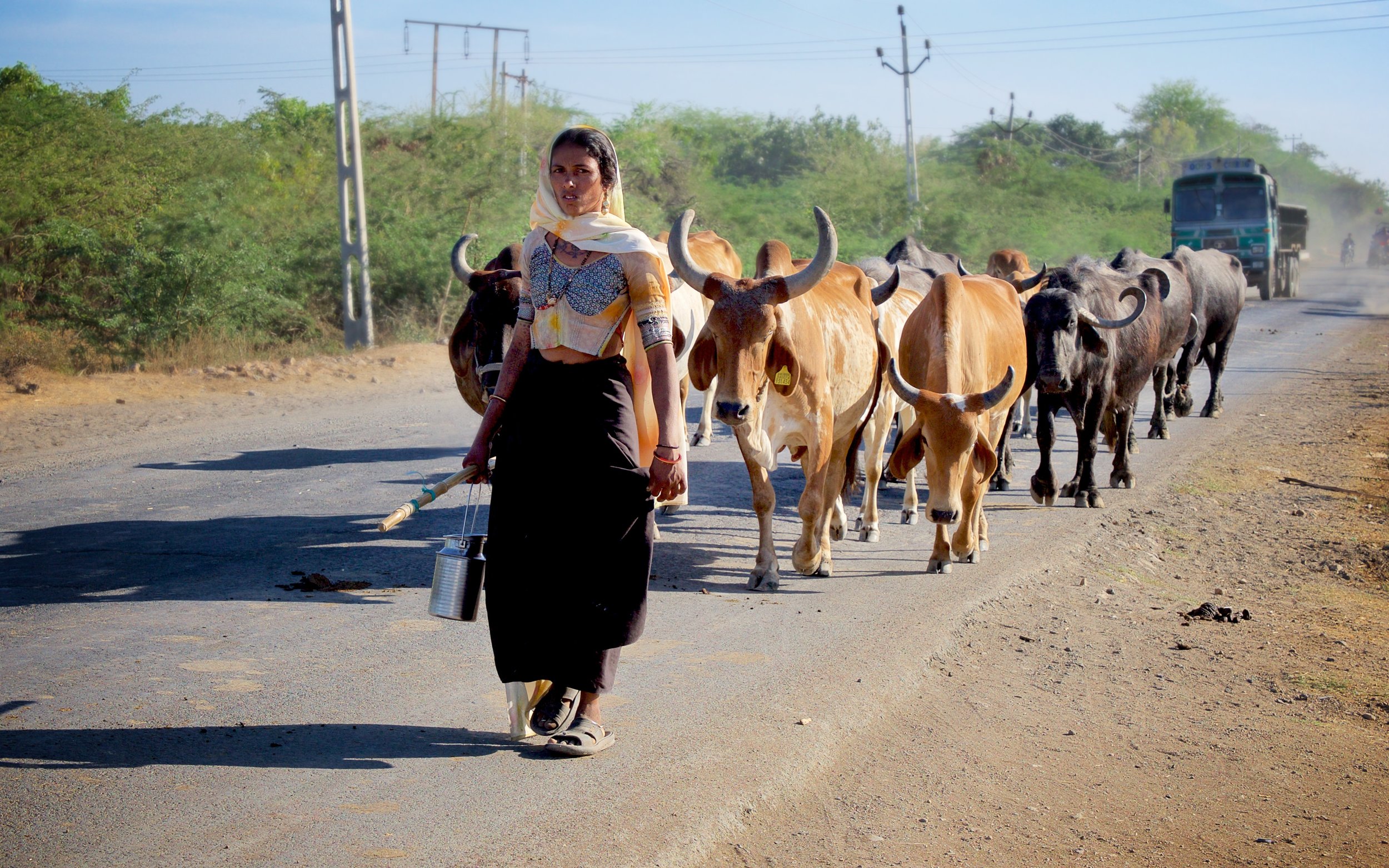
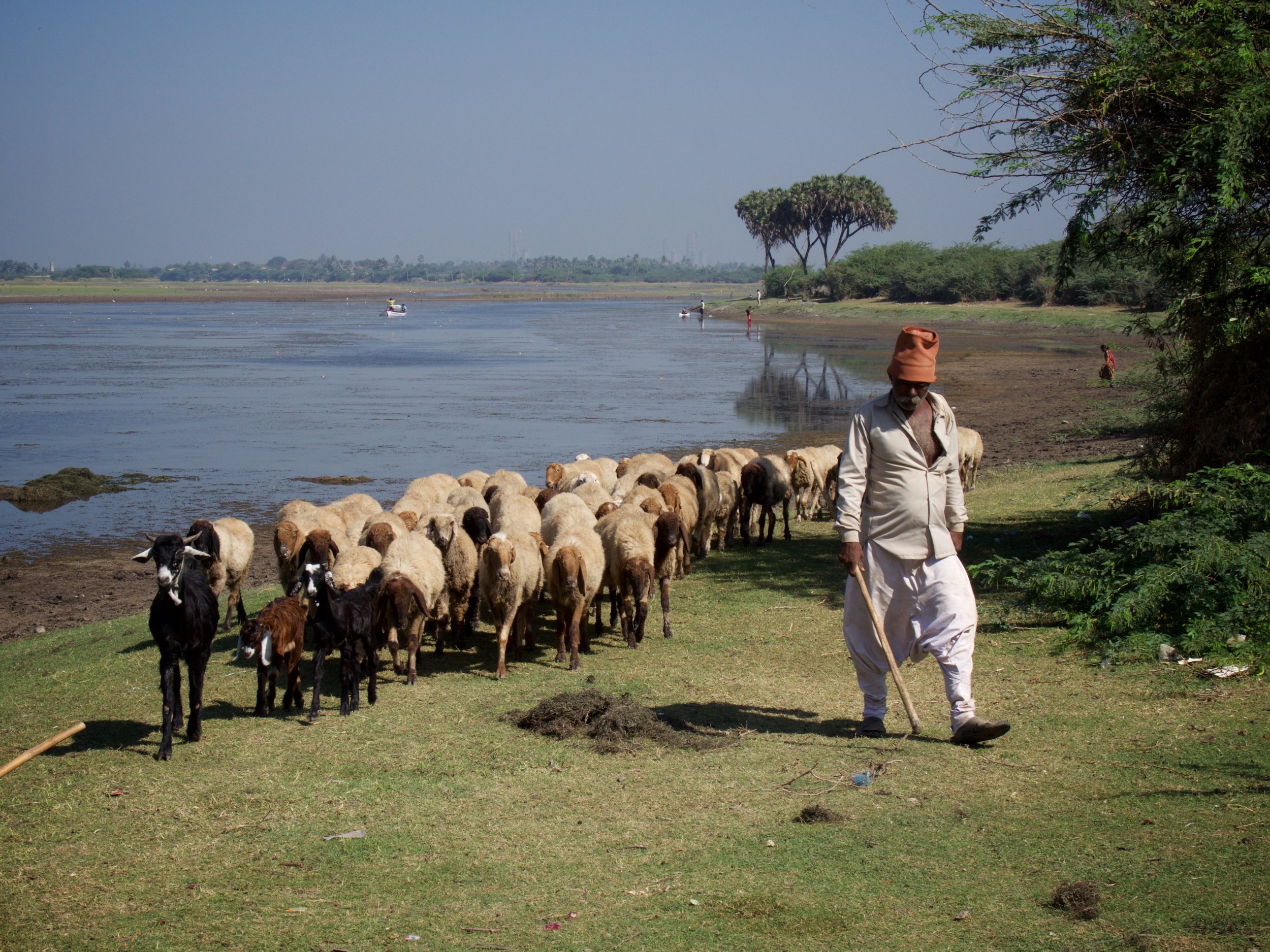
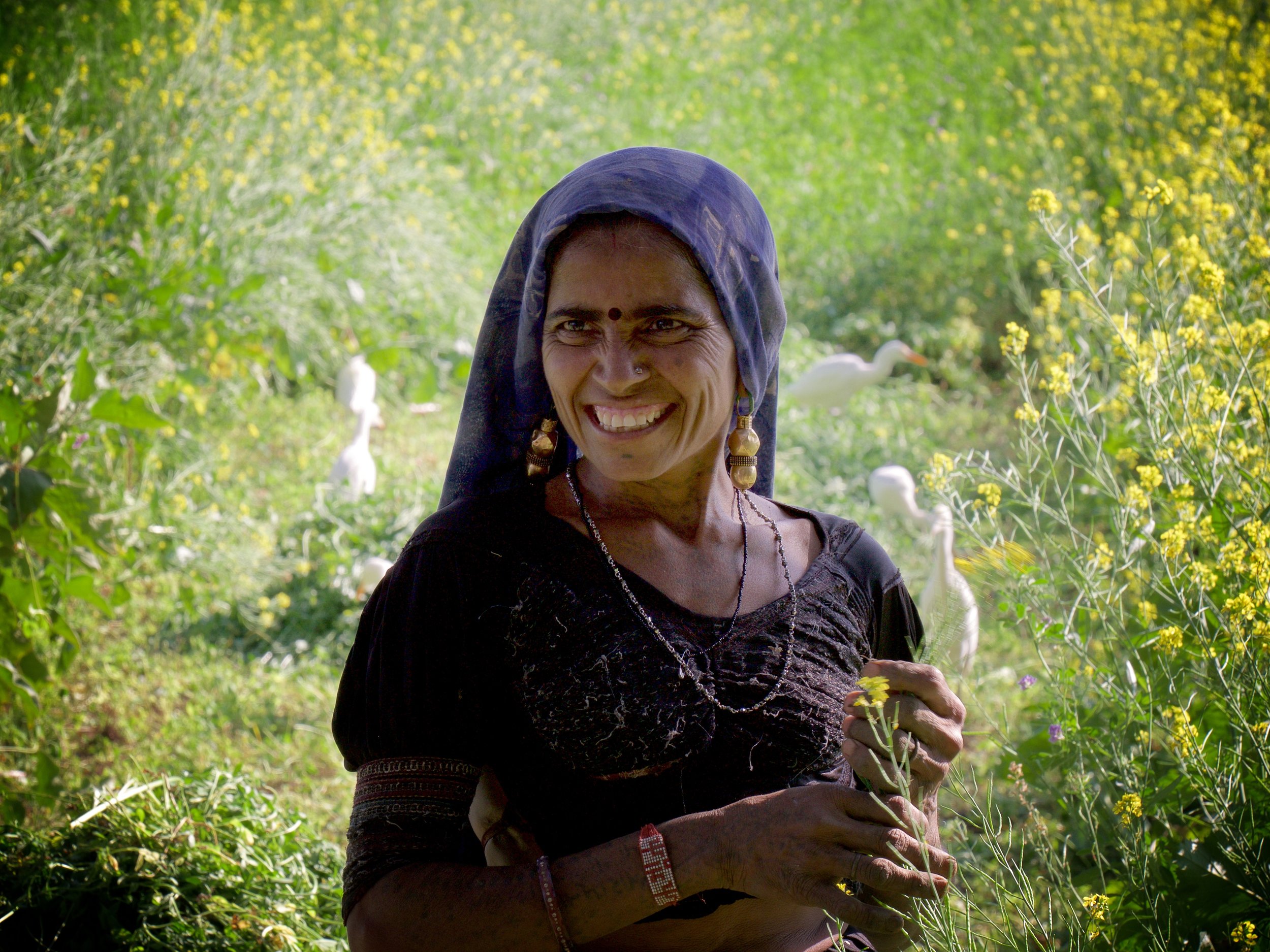
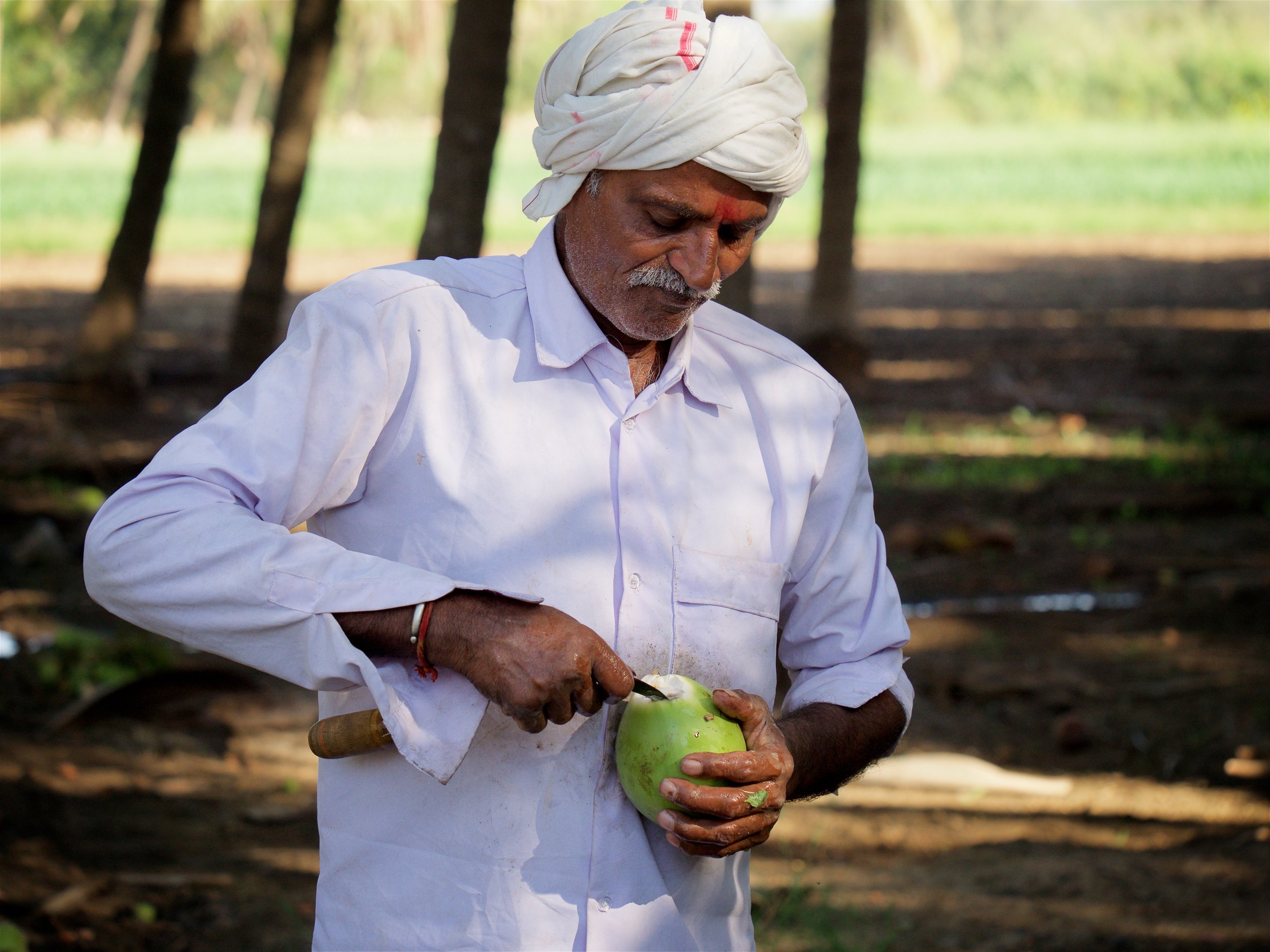

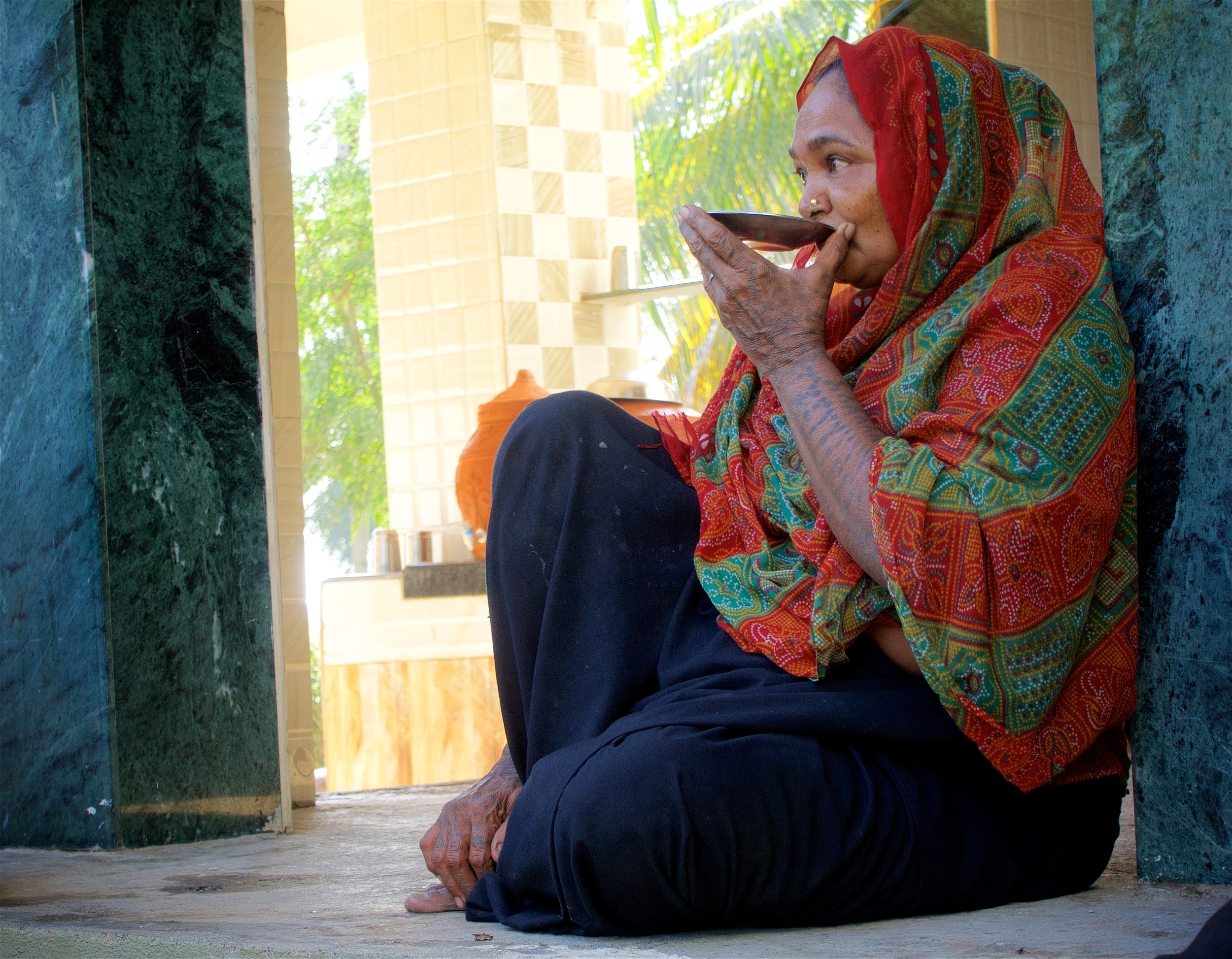
As we traveled Gujarat from experience to experience, the dynamic duo’s personality and approach to conservation radiated with confidence and optimism, and it was apparent that their innate passion and humbleness had garnered a deep respect - not only from the corporations and government institutes that support their endeavors, but also from the every-day Gujarati including the fishermen who used to hunt and kill the whale shark for its oil and the turtle egg poachers who have turned into conservation partners.
Dinesh works for Ambuja Cement, India’s leading cement factory. He is also a wildlife hero, and countless prestigious awards and accolades line the shelves and adorn the walls of his home-office. He has also been featured in a TV show called Amazing Indians.
Dinesh humbly attributes his achievements to Jignesh’s encouragement and administrative skills. But Jignesh vehemently shakes his head, and points to Dinesh. The back and forth ends in laughter.
I wanted to find out the backstory about how a young laborer became a wildlife hero. Handicapped by the language barrier, I resorted to the web and discovered an article that described the catalyst to Dinesh’s transition to conservation when award-winning wildlife filmmaker, Mike Pandey, visited the region in 1997 to shoot his film ‘Shores of Silence – Whale Sharks in India.’ Dinesh, who already knew everything there was to know about whale sharks’ behavior, became Mike Pandey’s whale shark advisor.
During the filming process, Dinesh learned about some of the environmental issues in his region, and he teamed up with his friend Jignesh Gohil, who is the owner of Prisha Computer Academy. Together they created Prakruti Nature Club (PNC).
MUL DWARKA FISHING VILLAGE
The fishing village of Mul Dwarka lies in the shadow of Abuja Cement and its long conveyer belt that takes cement out to load ships. The fishermen of the village work closely with Dinesh helping release whale sharks, and reporting sea turtle sightings and accidental capture in nets. PNC's collaboration with fishing communities extends 200km of coast between Diu and Porbandar.
Dinesh's passion for and knowledge of wildlife and commitment to conservation are recognized and supported by Vikramsinh Dahima, the Program Manager at Ambuja Cement, and Dinesh is permitted to choose his working hours. It is a win-win situation, the manager told me during a visit to the cement plant. The company is very engaged in sustainable development and supports a wide range of environmental issues.
SEA TURTLE HAVENS
Poaching by humans, and predation of turtle nests by stray dogs, pigs and jackals have resulted in the Forest Department establishing 6 hatcheries between Diu and Porbandar.
We visited one of them in Madhavpur - a beach about 60 km south of Porbandar. There are several temples nearby that, together with the beach, attract many tourists to the area.
The attractive looking igloo-shaped nature education center is flanked by dolphin statues at the entrance. Inside are beautifully crafted life-sized casts of nesting green turtles and eggs, and educational posters that explain the life history of the reptiles as well as the conservation efforts being undertaken along the coast.
The hatchery contained 18 green turtle nests, and was all the way in the back past the children’s playground. There were also two retaining tanks in front of the education center: one with 2-month old hatchlings and another with 10-day old hatchlings swimming in them. The hatchlings are fed twice a day on 400 gm of prawn and the water is changed every night. The Forest Department’s policy of holding the hatchlings for a short period of time is to allow them to grow stronger, thereby (in theory) increasing their chance of survival when released into the open ocean.
NAN WADA BIRD SANCTUARY
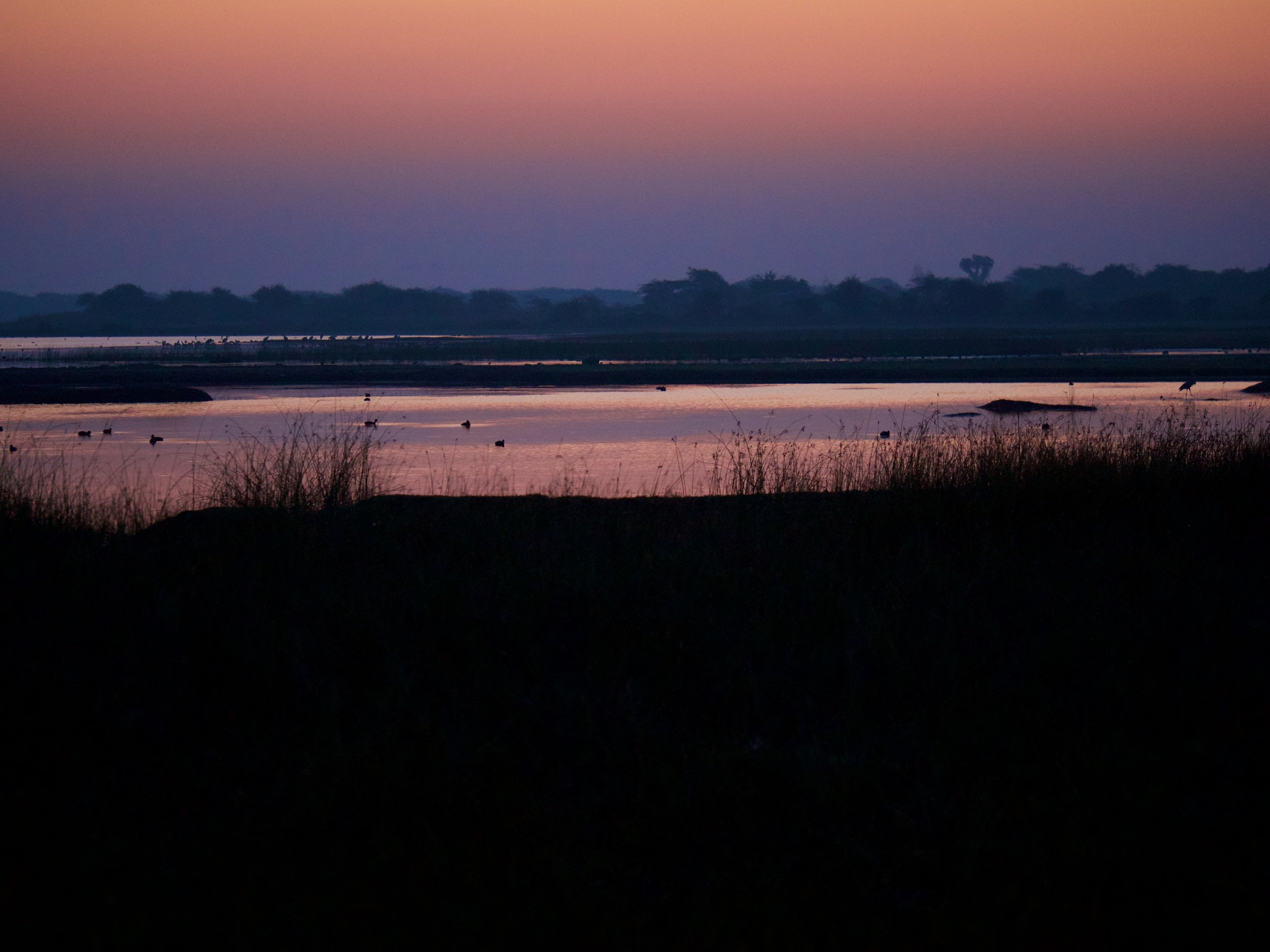

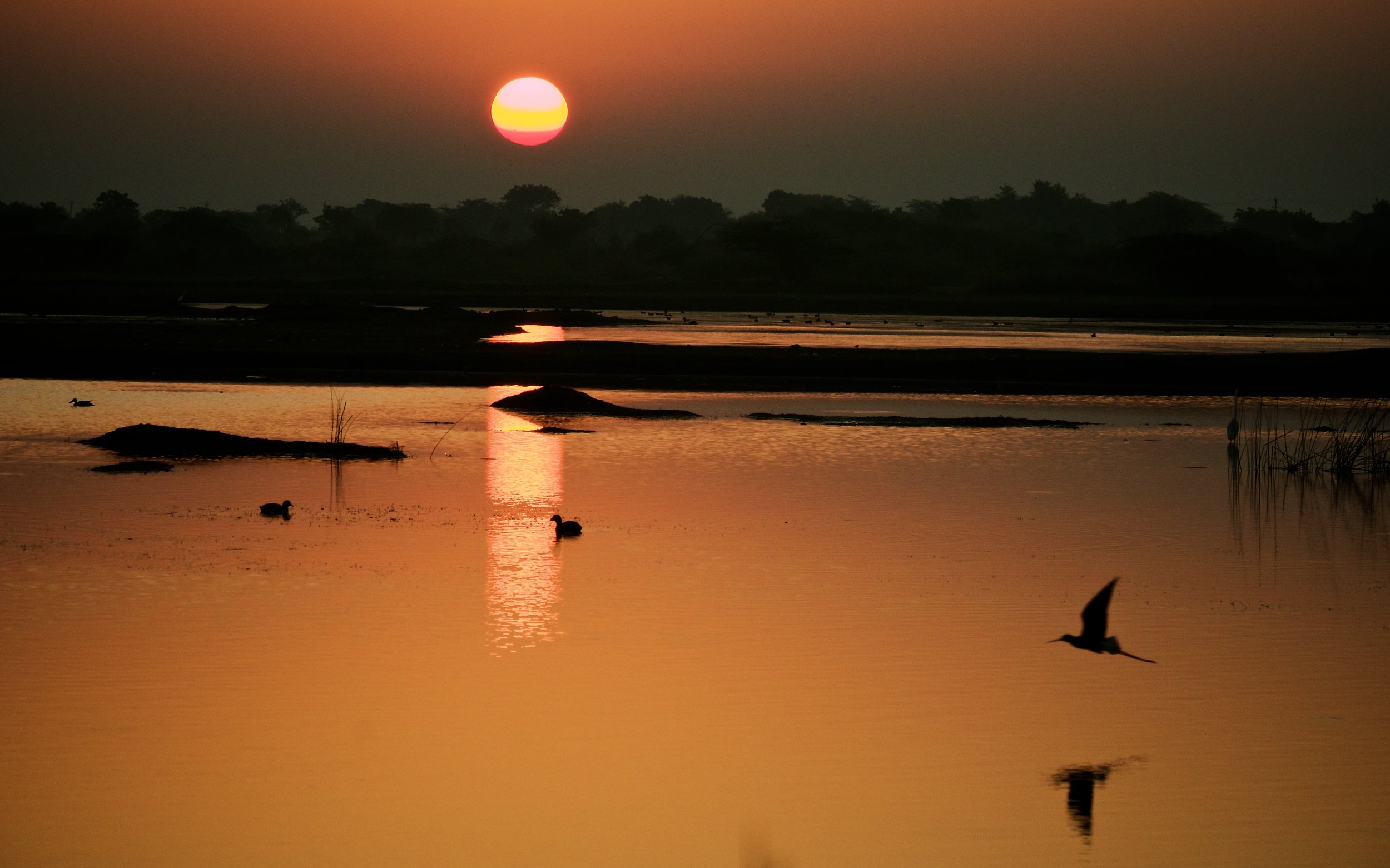
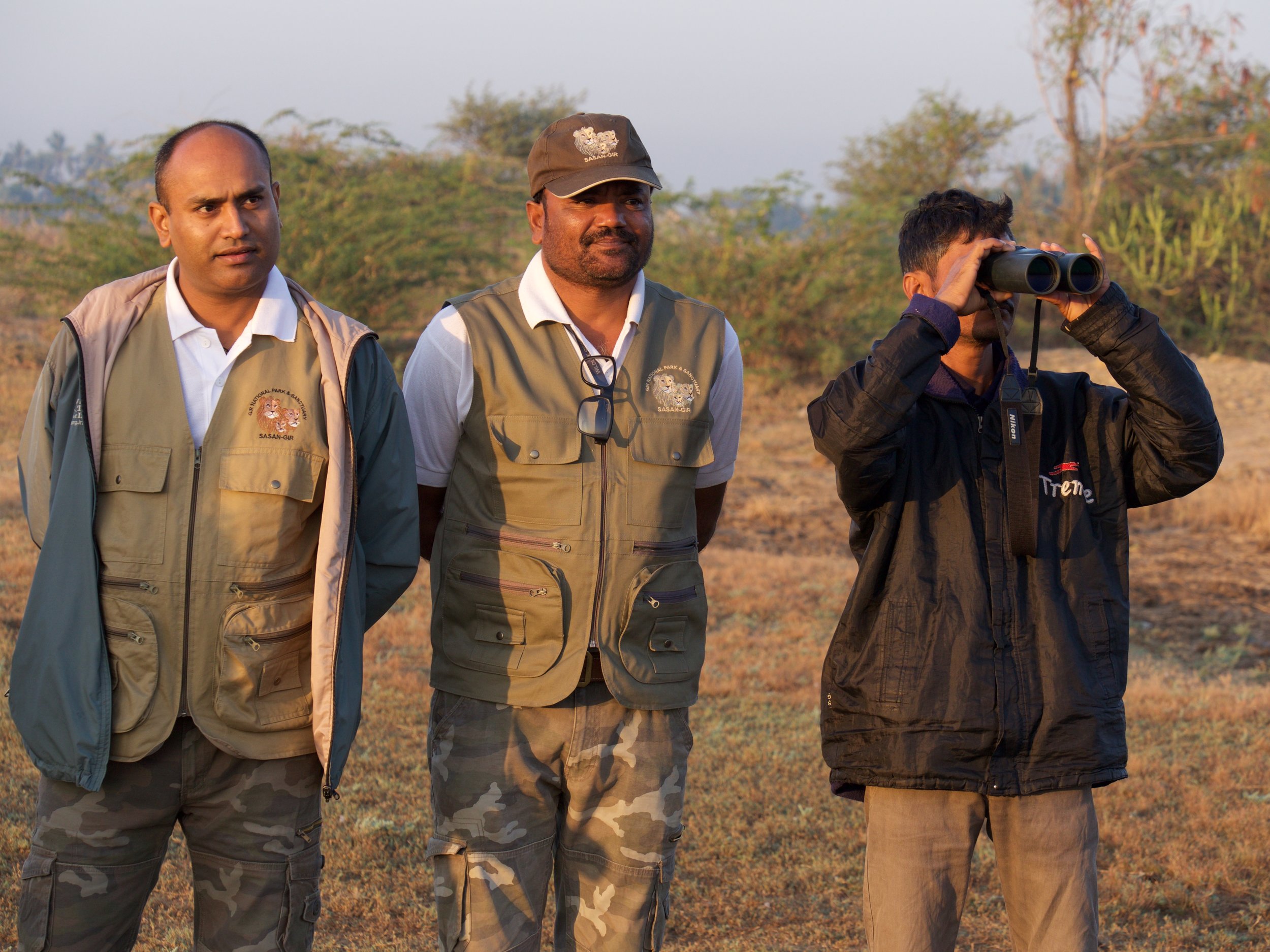
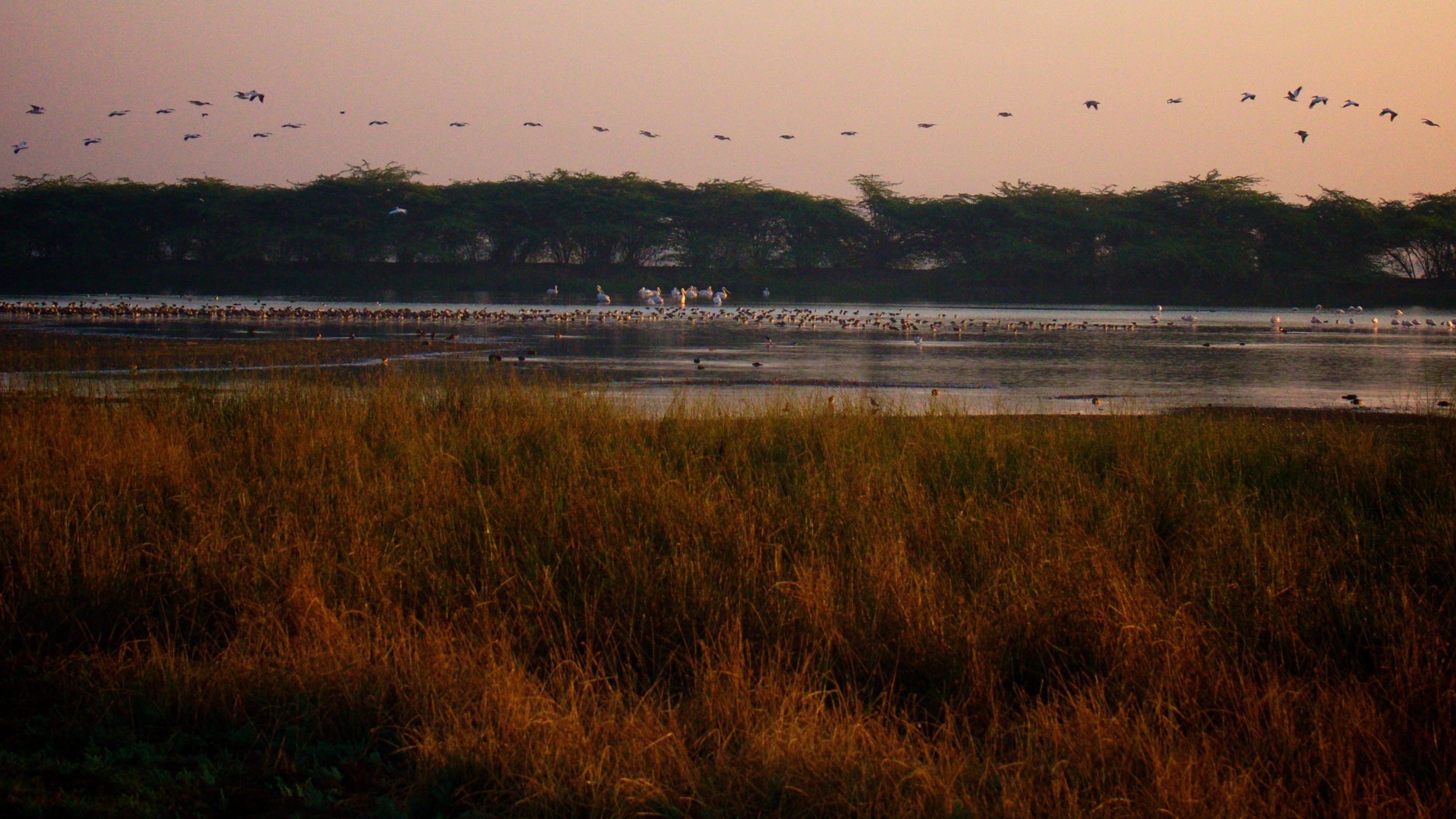

The previous day’s excursions had been grueling and dawn arrived far too soon. It was 6 am and still dark as we stood outside our hotel waiting to be picked up. The roads were quiet and the air crisp. It was a welcome change to the heat and bustling activity of the loud streets that I had become accustomed to in India. Dinesh and Jignesh pulled up in the jeep. The first order of business was to have tea. Stopping at a roadside chai stand, the chai wallah poured us a glass of sweet, milky chai.
The sky was deep lilac when we arrived at the bird sanctuary and a cool, gentle mist hovered above the water’s surface. I could just about make out some silhouetted birds on the still water. Within a few minutes the sky transformed to deep orange as the sun rose above the trees on the horizon. Visibility increased with every minute that passed. Two or three egrets emerged from behind the reeds and flew across the lake. We observed several kingfishers on the hunt and in the distance storks, ducks, and many other species of birds began repositioning themselves. Large flocks of Great White Pelicans provided displays of amazing aerial elegance as they flew in formation across the skies. Some have come here from as far away as Europe to spend the winter.
All of a sudden a flock of flamingos took flight as though they had been spooked, only to land in another section of the lagoon. Until a few years ago, both greater and lesser flamingo were classified as migratory birds, but the Forest Department has now classified them as residents - and Gujarat is said to host the largest population of lesser and greater flamingos in the world. Indeed, the wetlands of Gujarat are important winter havens for millions of migrating birds.
SCHOOL VISIT IN KODINAR
Dinesh and Jignesh regularly give talks at local schools about local conservation issues. On this occasion, Dinesh and Jignesh wanted Manjula to give a key note address to encourage the girls in the audience to take a more proactive role in conservation. As Manjula was introduced, the young audience of 600 sitting on the floor welcomed her with a loud and enthusiastic applause.
In Gujarat, as in many parts of India and the world, women are expected to work from an early age and only a small percentage have opportunities to become professionals. In a Times of India article (article July 7, 2016 Link here) there was a report that “Gujarat is ranked among the bottom five States even when it comes to education of girls in the age group of 10-14 years.” The survey also stated, “around 26.6 per cent of girls in the age group of 15-17 years in Gujarat have either dropped out or have never been to school.” It was very apropos and profound to have Manjula, an accomplished Indian female marine scientist stand before this teenage audience.
The teenagers filed out of the building excitedly. Small groups of girls, eager to meet Manjula, shyly approached and asked to have their photo taken with her. Hands brandishing phones were thrust in my direction as one group became emboldened by another - and even I was scooped up in the mix during the enthusiastic paparazzi-esque celebrity photo-fest!
GIR NATIONAL PARK
Our safari jeep bounced around on the dirt roads navigating the rugged terrain. Periodically the driver would stop and point at fresh pug marks in the dust, raising our hopes of seeing a lion - soon. According to a 2015 census there are 523 Asiatic lions and more than 300 leopards in Gir National Park, but none seemed to be crossing our path today. We just saw sambar, the largest deer in India (and fodder for the wild cats), spotted deer, nilgai, langur, and wild boar. I was surprised to discover that a large part of the lion’s diet was actually cattle. Yes cattle - cows and buffalo! These are kept by the Maldharis, a semi-nomadic pastoral community and traditional inhabitants of the Gir forest. According to a Times of India report there over 4,100 Maldharis living in 46 ness (Maldhari settlements) in Gir Sanctuary and there have been several attempts by the government to re-settle them outside the park for the conservation of the Park's natural resources. The human-carnivore conflict is a complicated dynamic, which I won't go into, but what is unusual about the Maldharis' presence is that for the past century they have been able to co-exist with the lions. There is a wonderful book that portrays the family life of the lions in Gir forest called “The Majestic Lions of Gir” by Dr. Sandeep Kumar and Moin Pathan. For a science-based study, read “Living with Lions: The Economics of Coexistence in the Gir Forests, India” - as well as recent interesting news articles in Times of India, (Maldhari families living in Gir Sanctuary) and As Food Chain Breaks Lions Move Out of Gir.
In Part 3, we travel to the east coast of India to Odisha, and visit sea turtle researchers conducting in-water surveys during the olive ridley mating season.



